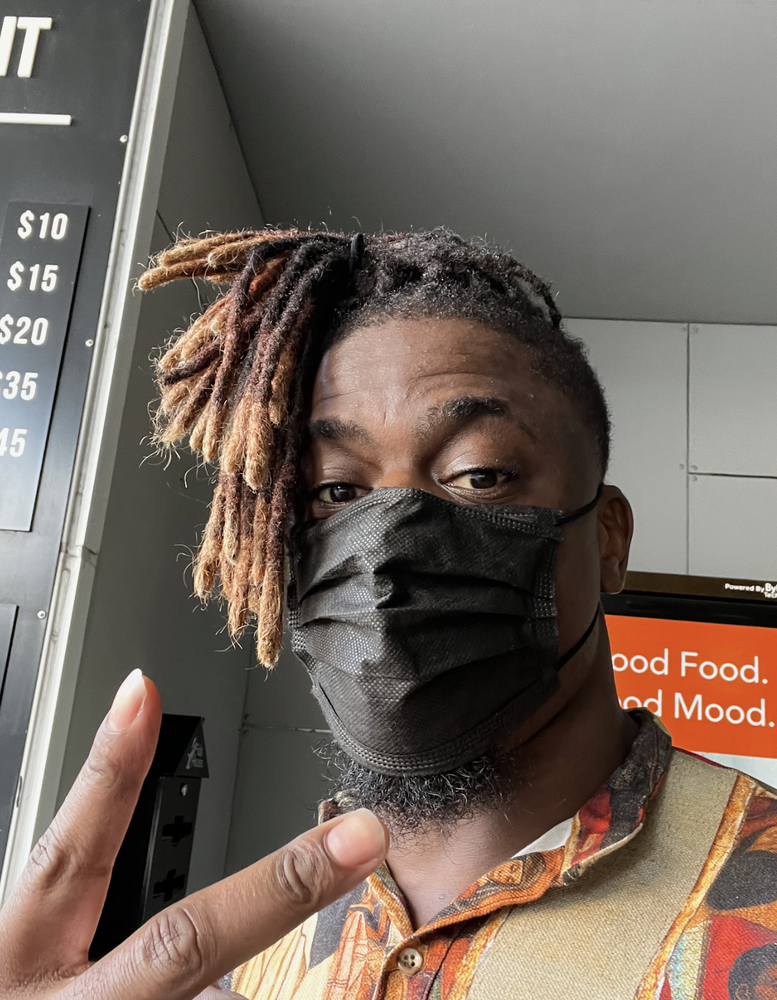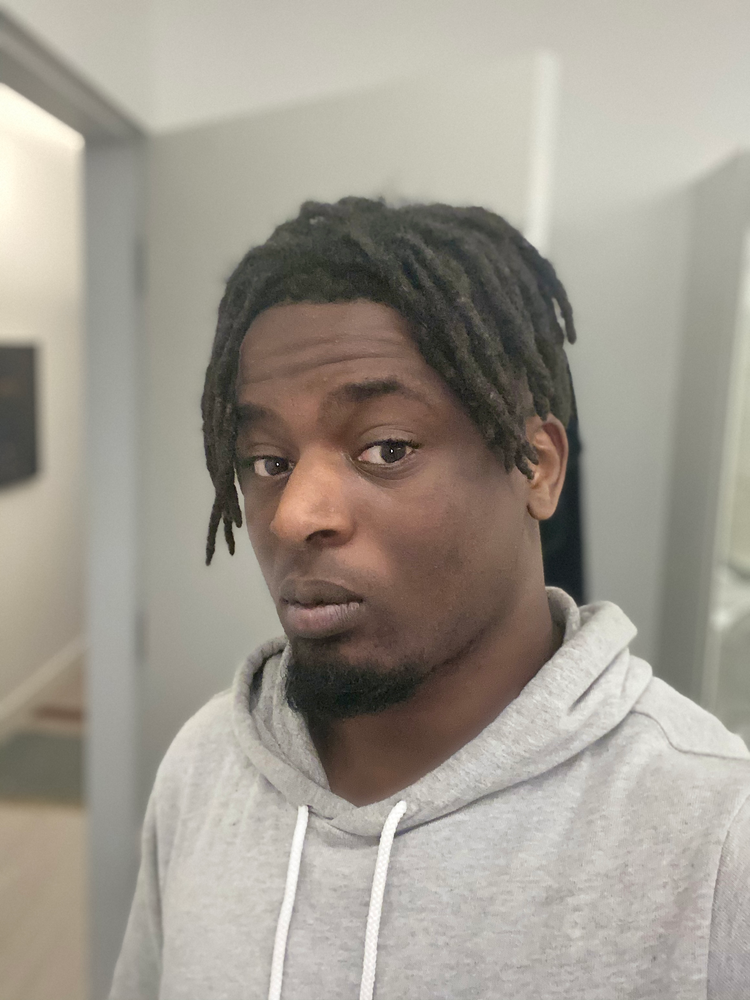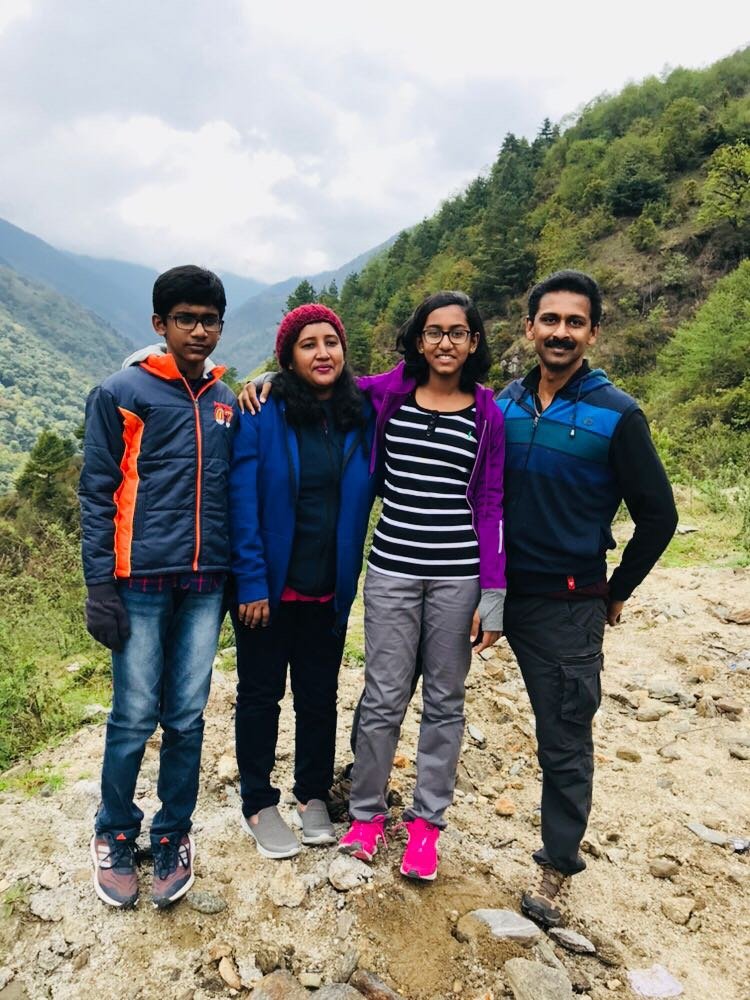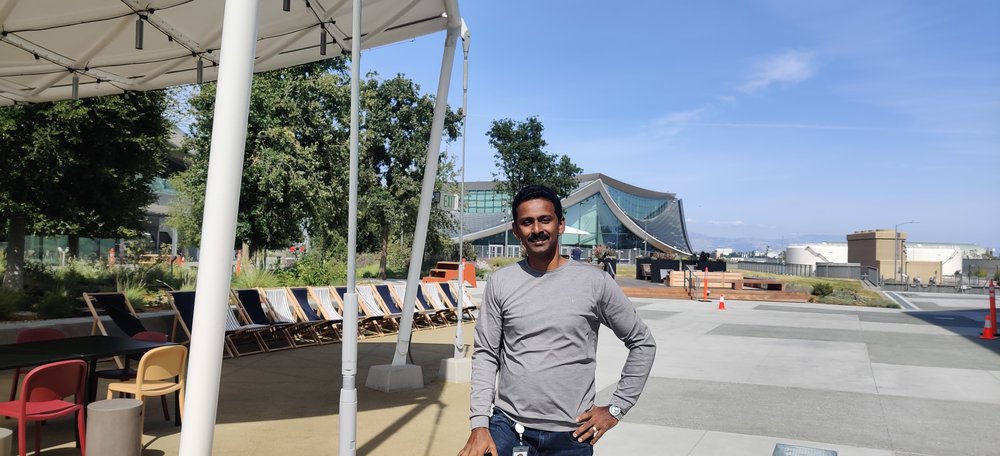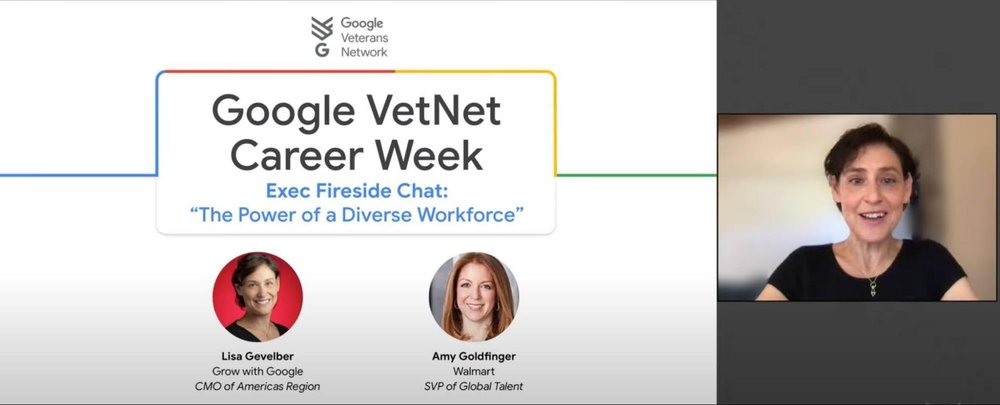Every August, Jessica Yu and a carefully selected committee of Googlers from various backgrounds begin the delicate — and joyful — process of choosing which Google Doodles will appear on the Google homepage in the coming year. They begin meeting regularly in the summer and usually wrap up by late October. Sometimes they gather in person, other times over Google Meet. Either way, it adds up to hours of discussion and work each week, all dedicated to making Doodle magic happen.
“We want to create that feeling of surprise and delight when you’re going about your day-to-day life, and then — tada! — a little gift,” Jessica says. “We want people to learn something, or laugh, or feel inspired.”
As the team lead, part of Jessica's job during this annual selection is to help choose Doodles from a massive pile of submissions (which come from Doodle team members, other Googlers and then from people completely outside Google), discuss them with this committee and a network of global cultural consultants and then decide on the best way to bring them to life. "You have to figure out how you want to depict this topic or person,” she says. “Should it be an image or an animated GIF? Or should it be interactive, or even a game.”
Perla Campos, Marketing lead for Doodles, says this process takes so long partly because getting the most diverse and inclusive collection of Doodles requires the team to hear from Googlers all over the world. “It’s a balance of having a lot of cooks in the kitchen but also making sure we have everyone involved,” she says. The other reason selections are so drawn out: Perla estimates that the team looks over “a couple thousand” Doodle ideas. “It’s a puzzle,” she says. “It’s a huge puzzle.”
While Doodles are beloved inside Google and by many who visit the homepage, more goes into them than you might think. So I asked a few Googlers on the Doodles team to share some of the surprising and, yes, delightful details and stories from behind the scenes.
- The Doodle team receives about 7,000 submissions a year. Jessica says the hardest part of the team’s job is definitely sifting through Doodle submissions — because there are so many great ones. The team gets hundreds of requests every day from people who email [email protected], and Googlers are pitching their concepts all the time, too.
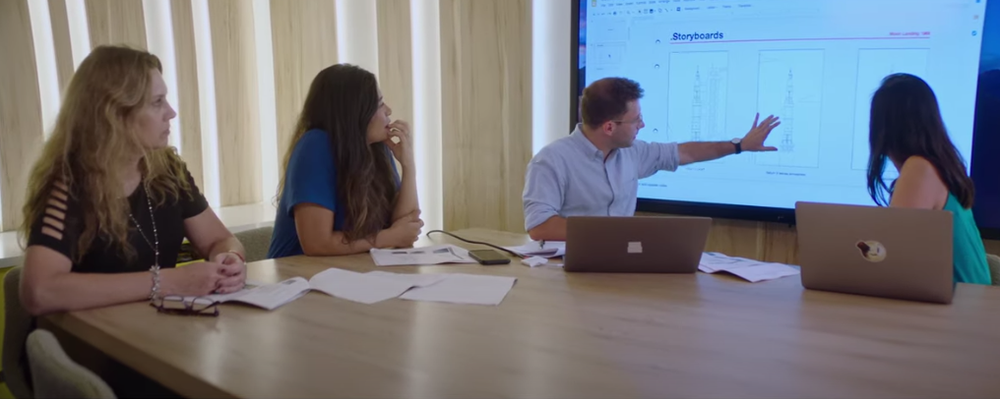
A few members of the Doodle team discussing the 50th Anniversary of the Moon Landing Doodle.
One really important part of this submission process is working with Local Doodle Managers who represent different global countries and clue the core team into what important moments and milestones will resonate the most on a local level. Not all Doodles display everywhere; some are specific to their regions, and these country-specific teammates help manage these requests. “We literally couldn’t do it without submissions and then help from our Local Doodle Managers,” Perla says.
2. We published our 5,000th Doodle in 2020. It celebrated Slovakia’s Freedom and Democracy Day, the country’s annual holiday commemorating heroic efforts by local youth activists. In contrast, the very first Doodle was published way back in 1998, and was a bit of a joke from Google founders Larry Page and Sergey Brin to remind Googlers they would be out of office for Burning Man.

The first Doodle ever.
3. We have a public archivewhere you can check out every Doodle ever made. It launched in December 2011 (and keep an eye out, because it’s getting a makeover in the near future). In the archive, you can read about each Doodle and learn about the topic at hand, and often read about the artist as well — there’s also a section for interactive Doodles you can revisit. You can even check out the history of Doodles for any specific day. (And since we’re talking about learning more about Doodles: Did you know you can click each Doodle for more information about its theme? Just a little pro tip.)
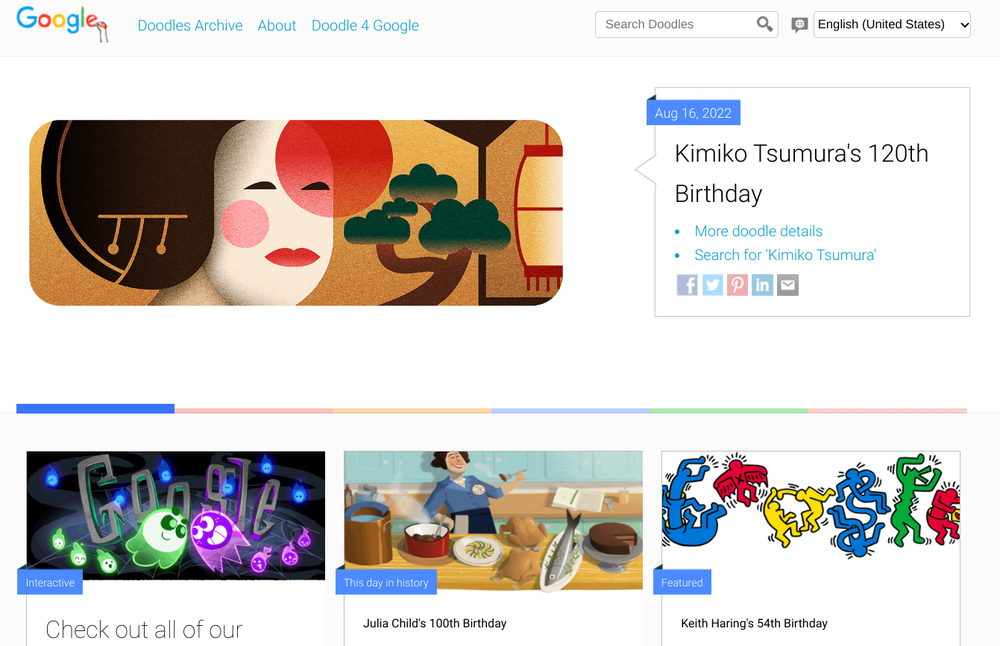
The Doodles archive.
4. The Doodles team has a set of principles that every single Doodle follows. A major one is that Doodles should aim to delight and surprise people, as Jessica mentioned above. Another key principle: Doodles are never dedicated to someone who’s still alive, because person-focused Doodles are meant to honor someone’s lifetime achievements. Perla says Stephen Hawking is a good example of why the team has this principle. “We were able to create this really cool video Doodle in partnership with his family to honor him. We were able to give him a proper tribute.”
Doodles also never promote brands. “This is a gift to our audience. We don’t want it to feel like an ad,” Jessica explains. The team also strives to showcase high-quality art and technology, and aims to select or create Doodles that are inclusive of everyone.
5. The first animated Doodle premiered on Halloween 2000. It was the work of guest artist Lorie Loeb. Halloween Doodles would go on to become an annual focus for animation and engineering feats (more on that later!).
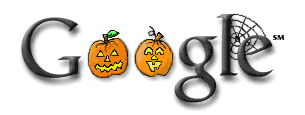
6. Doodles aren’t all entirely digital. While plenty of artists use digital mediums to create Doodles, others start with sketches or paintings — or even other items — to create their Doodles. One example was a Veteran’s Day Doodle made by a Veteran who’s also an artist. “She took old military uniforms from all different branches and made a paper scroll of them all together,” Jessica says. “It’s an amazing piece of art.”
7. Many Doodles are the work of multiple teams at Google. For instance, the first AI-powered Doodle honoring Johann Sebastian Bach that came out in 2019 was the work of the engineering Doodle team and Google’s machine learning department. “It was such a great synthesis of an interesting idea plus this technology that we were working on at Google,” says lead Doodle engineer Tom Tabanao. “It was a cool way to make that technology accessible to people.”
8. The Halloween 2018 Doodleactually came out of a Googler hackathon. The 2018 Halloween Doodle was a multiplayer game that Tom wanted to make. “I thought it was an impossible goal but we made a demo and we saw how fun it was,” he says. “So we started building it out and testing it more, and then we held a hackathon for a week to work on it. By the end of the week, people were playing this really simple game for hours.” So they set to work on the Doodle, which became a major engineering feat that took literal years to make.
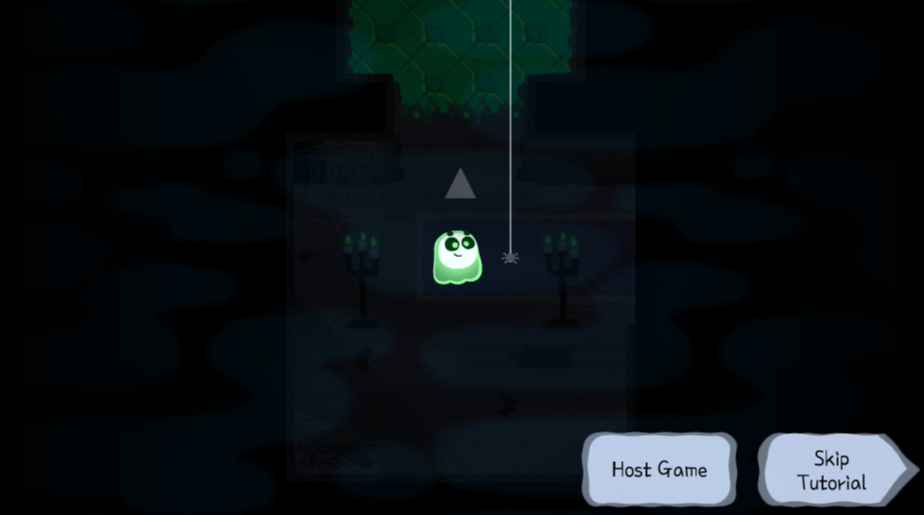
And speaking of Doodles that took a long time to make…
9. The Selena homage, which launched in October 2017, underwent a major makeover.
Perla actually pitched the idea for a Selena Doodle when she was working as Spain’s Local Doodle Manager. “Obviously, huge bias on my end! I had a personal stake in that one,” she says. “When I heard it was picked for the next year I was like, ‘That’s great,’ but also, ‘I’m so jealous I won’t work on it!’” She'd taken a new role on the Doodle team, so she wouldn't directly be working on the Selena Doodle.
But upon learning the intention of the team to create a static illustration honoring the entertainer, she asked if the team could rethink things. “I asked, 'can we hold it so that we can try and license music and work with the family? I really think we should do something amazing here.'” They scrapped the original proposal and decided to go bigger — much, much bigger, with music and video, and eventually a massive audience; it ended up becoming one of the most popular video Doodles ever.
To honor Selena and talk about the Doodle, her sister, Suzette, even visited Google to discuss how her family collaborated with the Doodle team on the project.
10. The series of Champion Island game Doodles from 2021 had the longest production process. The Doodle — er, Doodles — launched as a series starting in July 2021 to celebrate the Olympics. It was originally supposed to debut the previous summer. But because COVID-19 delayed the entire Olympic games, the interactive game was also pushed back…a whole year.
With six sport mini games, 24 side quests, multiple endings and over three hours of gameplay, it's the most expansive Doodle ever made. It even contains easter eggs for other Doodle games, like Magic Cat Academy and Pangolin Love.
11. In 2009, we created the first same-day Doodle when water was discovered on the moon. Artist Jennifer Hom worked for just a few hours and then it went live. “I was sitting at my desk at 9 a.m. PT, when I stumbled on an article about this current event,” she wrote in the Doodle archive.
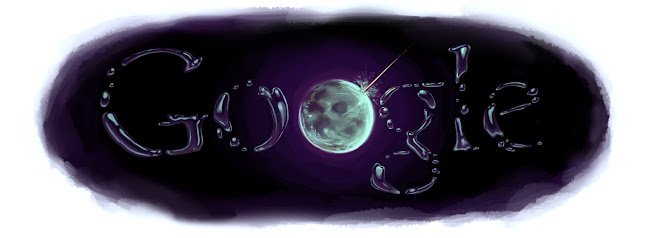
“I quickly sent the article to my team and, by the time I was about to take a bite out of my lunch, I received a call to have this Doodle sketched, drafted, finished and live on all our homepages in four hours. It was an exciting day for a Doodler and the world of science!”
Sometimes the team has the luxury of taking weeks or even a year to produce a Doodle. For the really quick turnaround ones, though, a small dedicated team of Doodlers keeps an eye out for events that might be a fit. (Or sometimes another Doodler stumbles on one of these concepts, like Jennifer did!). Then they have to make sure the idea has the green light from everyone from marketing to policy and beyond…and, oh, is there an artist or animator within the Doodle team who can turn this around in time? “Everyone’s sort of on standby while this is happening,” Perla says. Once the Doodle’s almost ready, they ask what regions want to opt into displaying it and then…well, they upload it.
12. The team often turns to cultural consultants for feedback. “If a Doodle is about or for a community, we bring that community into the process,” Perla says. This includes hiring guest artists, but also working with people beyond that to get the work right and truly represent a group accurately. “For example, we ran a Doodle during Native American Heritage Month last year honoring a Zuni artist, and we partnered with a guest artist from the tribe but also a Zuni community cultural consultant the tribal government connected us with.”
The Doodle team was able to run things by the consultant to make sure they felt it rang true. “It’s important we be real with ourselves and say, ‘We don’t know about this topic — but let’s find people who do, so it’s authentic.’” After all, Perla says, the goal of Doodles is to make sure everyone, everywhere feels represented and valued.






